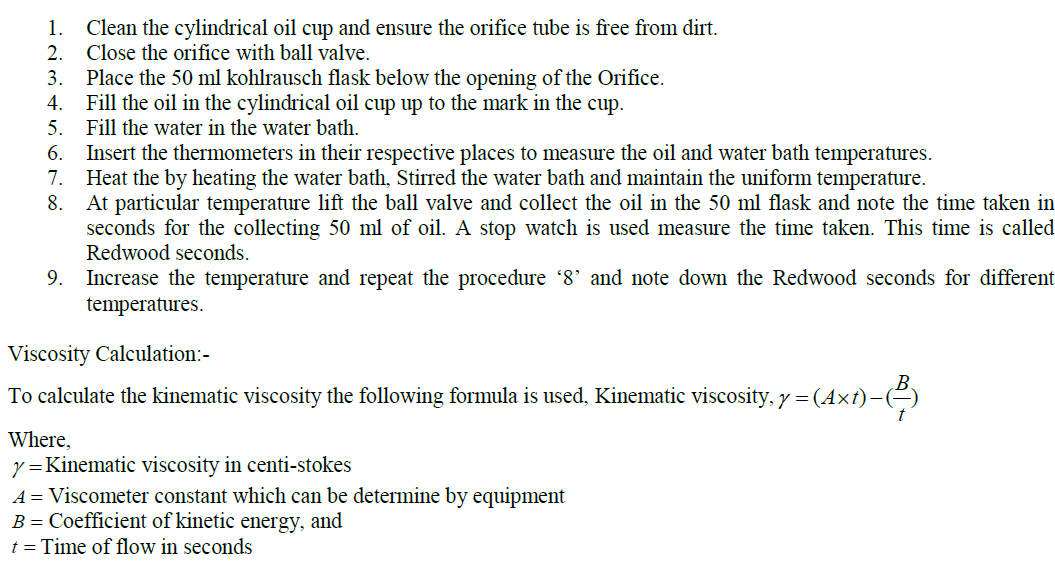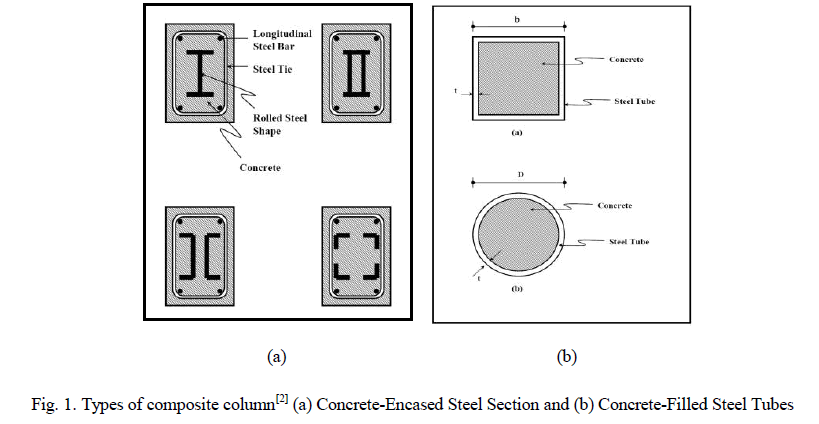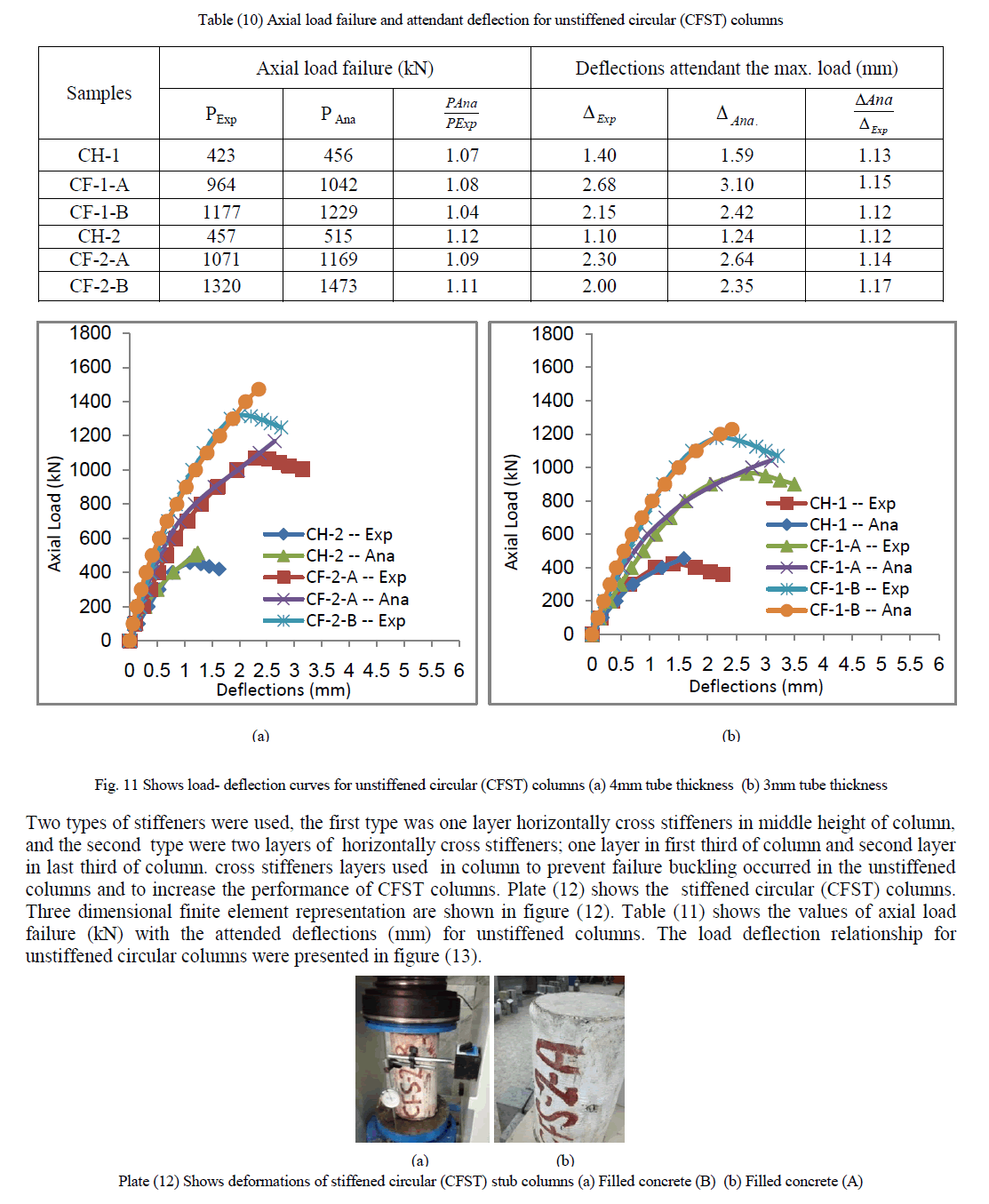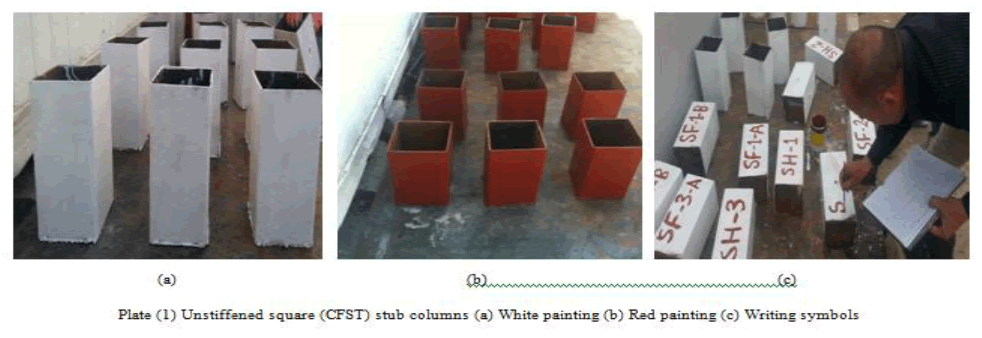ISSN ONLINE(2319-8753)PRINT(2347-6710)
ISSN ONLINE(2319-8753)PRINT(2347-6710)
M A Boda1, P N Bhasagi2, A S Sawade3, R A Andodgi4
|
| Related article at Pubmed, Scholar Google |
Visit for more related articles at International Journal of Innovative Research in Science, Engineering and Technology
Viscosity is a property of a liquid and is defined as the resistance of a liquid to flow. The purpose of this experiment is to determine the viscosity with varying temperature of the liquids. A redwood viscometer is used to measure the flow of eight different liquids including engine oil, sunflower oil, soybean oil, glycerol, thermic fluid (Hytherm), coconut oil, water and ghee. Kinematic viscosity is determined by redwood viscometer with help of its constants. The viscosity of each liquid found at temperature 50, 55, 60, 65, 70, 75 and 80 oC. The liquid samples taken such a way in that some are highly sticky liquids, some are low sticky.
Keywords |
| kinematic viscosity, redwood viscometer, varying temperature, different oils |
INTRODUCTION |
| The viscosity of a fluid is measure of its resistance to gradual deformation by shear stress or tensile stress. For liquids, it corresponds to the informal concept of thickness. For example engine oil has much higher viscosity than water. Viscosity is a property arising from collisions between neighboring particles in a fluid that are moving at different velocities. When the fluid is forced through a tube, the particles which comprise the fluid generally move more quickly near the tubes axis and more slowly near its wall; therefore some stress (such as a pressure difference between the two ends of the tube), is needed to overcome the friction between particle layers and keep the fluid moving. For the same velocity pattern, the stress required is proportional to the fluidâÃâ¬ÃŸs viscosity. A fluid has no resistance to shear stress is known as an ideal fluid. Zero viscosity is observes only at low temperature, in super fluids. Otherwise all fluids have positive viscosity, and are technically said to be viscous or viscid fluid. Fluid flow plays a very important part in the processing of materials. Most processes are based on the use of fluids either as raw materials, reagents, or heat transfer media. |
| A liquid in a state of steady flow on a surface may be supposed to consist of series of parallel layers moving one above the other. If any two layers of liquid moves with different velocities, the top layer moves faster than next layer due to viscous drag. If viscosity of oil is too low, then a liquid oil film canâÃâ¬ÃŸt be maintained between two moving parts or sliding surfaces and consequently excessive wear and tear will take place, on other hand if viscosity is too high it will results in excessive friction. |
| The redwood viscometer is used to determine the kinematic viscosities (unit centi-stokes) of different liquids like engine oil, glycerol, sunflower oil, soybean oil, coconut oil, thermic fluid, water and ghee at different temperatures and found the viscosities and relations between temperature and kinematic viscosity. |
II. BACKGROUND OF EXPERIMENTATION |
| The experiment is carried out on Redwood Viscometer to analyze viscosity of different liquids at different temperatures. The redwood viscometer consists of vertical cylindrical oil cup with an orifice in the centre of its base. The orifice can be closed by a metal ball. A hook pointing upward serves as a guide mark for filling the oil. The cylindrical cup is surrounded by the water bath. The water bath maintains the temperature of the oil to be tested at constant temperature. The oil is heated by heating the water bath by means of an immersed electric heater in the water bath; the provision is made for stirring the water, to maintain the uniform temperature in the water bath and to place the thermometer record temperature of oil. The cylinder is 47.625mm in diameter and 88.90mm deep. The orifice is 1.70mm in diameter and 12mm in length, this viscometer is used to determine the kinematic viscosity of the oil. From the kinematic viscosity the dynamic viscosity is determined. |
| Procedure: |
 |
| The following picture shows the experimental set up modelâÃâ¬ÃŸs cross section, in that thermometer, heater, water bath, testing liquid, 50 ml flask etc. |
 s s |
| The following table shows the constants of Redwood Viscometer from these values the kinematic viscosity calculations can be easily done. There are two different constants those are depends on time of filling the 50 ml liquid in flask. |
 |
III. OBSERVATIONS |
| The following observations of time taken to fill 50 ml flask where found at the time of performing the experimentation those are as follows, |
 |
IV. RESULTS & DISCUSSIONS |
| The following table shows the results of redwood viscometer, the engine oil, glycerol, sunflower oil, coconut oil and ghee are having higher kinematic viscosity than soybean oil, thermic fluid and water. |
 |
 |
| The viscosity of all liquids tested was found to be dependent on the temperature of the liquids. As the temperature of the liquid rises, our experiment (redwood viscometer) showed that viscosity of the liquids goes down. As the temperature of the liquid goes down, the viscosity of the liquids goes up. |
V. CONCLUSION |
| Accurate measurements of viscosity are essential in engineering calculations and design of equipment that move liquids, such as pumps, pipes and valves. My experiment shows that effect of temperature on a liquid's viscosity must be taken into account in the design calculations. |
| It is observed that kinematic viscosity of all liquids decreases as temperature of liquids increases and vice versa. This is due to temperature rise of molecules of which causes decrease in cohesive forces of the molecules. Viscosity varies with material, the viscosity of simple liquids decreases with increasing temperature and increases under very high pressures. |
References |
|